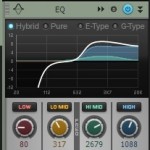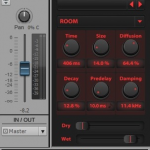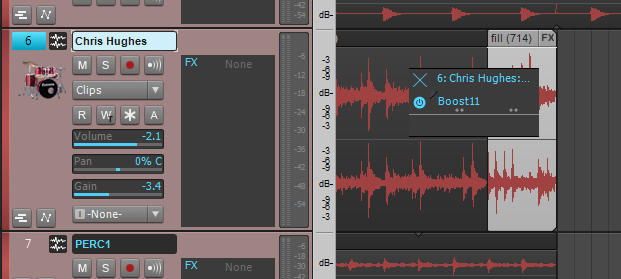To continue on our quest of choosing the right vocal microphone we tracked another style of vocals to help understand the caliber of the microphones for the shootout. Gene Shinozaki is a local Boston resident that performs on the streets and in the in the studio. You can subscribe to his page here. Here’s the beatboxing mic shootout that we did with him in less than 1 minute:
Interestingly enough, recording a beatboxer is a pretty useful way of understanding the true range of a microphone without having too much setup involved. Beatboxers use all different types of techniques to warp and skew their mouth in ways that span a wide frequency spectrum. Producers like Timbaland and the like will even use this on their tracks to enhance them.
A Beatboxing Perspective
Let’s look at the set of microphones from a beatboxer’s perspective now that we understand how they sound on a female vocalist. Continue reading “Vocal Month: Beatboxing – Picking the Right Vocal Microphone Part II”


 EQ: Carving Out The Right Sound For Your Mix
EQ: Carving Out The Right Sound For Your Mix How to Use Reverb to Create Depth
How to Use Reverb to Create Depth
